Without a doubt, I was intrigued by Thomas Chaplin’s diary as edited by Theodore Rosengarten (Tombee, Portrait of a Cotton Planter). The events Chaplin wrote about were those of everyday life on a typical plantation in South Carolina. Nothing spectacular here, just a record of his countless daily activities. Chaplin wrote of his slaves and the problems he had getting them to work. He described when and where he had them list the land (dig it up with a hoe), plow, drop seed, and hoe cotton while cultivating other crops at the same time. During the 16 years when Chaplin was a gentleman farmer, the seasons came and went, and he gave an account of what he did to care for his family and grow cotton.
Monday, February 23, 2015
Book 'Em North Carolina
SATURDAY, FEBRUARY 28
HISTORICAL INSPIRATION
I, along with four other
writers on the “History Behind the Fiction” panel at Book ‘Em North Carolina,
will discuss the question of what true events inspired us to write our novels.
Without a doubt, I was intrigued by Thomas Chaplin’s diary as edited by Theodore Rosengarten (Tombee, Portrait of a Cotton Planter). The events Chaplin wrote about were those of everyday life on a typical plantation in South Carolina. Nothing spectacular here, just a record of his countless daily activities. Chaplin wrote of his slaves and the problems he had getting them to work. He described when and where he had them list the land (dig it up with a hoe), plow, drop seed, and hoe cotton while cultivating other crops at the same time. During the 16 years when Chaplin was a gentleman farmer, the seasons came and went, and he gave an account of what he did to care for his family and grow cotton.
Why Chaplin wrote and
protected his diary is something of a mystery, for he seemed to have no
literary or archival ambition for it. His writings reveal a spirit and mind
shaped by the time. Had this been the inner musings of a Christian devotee
(many diaries of the period are) or a successful manager and politician (like
J. Mott Alston), the perspective might well have been affected. But Chaplin
wasn’t preoccupied with a religion, political view, or legacy.
He had little insight into
the effect he had on his family and slaves. He used them both, but so did other
plantation owners. He was jealous of more successful neighbors, angry with an
uncle who wouldn’t lend him money, desolate at the loss of a little daughter
and his young wife. He craved respect and social standing and drank too much.
In a word he was thoroughly human. I could identify with him.
SLAVE NARRATIVES
While Chaplin’s diary gave
me insights into the workings of a plantation from the owner’s perspective,
there were only intimations as to what kind of life the slaves lived. As often
happens when scrolling through sources, I bumped into exciting historical
documents—the Slave Narratives collected in 1936-38 by the Federal Writers
Project, a Roosevelt program that put writers to work. The memories of former
slaves were recorded phonetically giving us a good idea of the lowcountry slave
dialect. In their original form, you almost need a translator to figure them
out. I made notes of some of the expressions and used them for slave dialogue. My view of life in the quarters came in large measure from these
stories.
BOOK 'EM NORTH CAROLINA
The book fair is this Saturday, Feb. 28, at Lumberton. It’s free and open to the
public, with over 70 authors and independent publishers. There are
presentations about books, authors, and publishing throughout the day. The link
is below.
Labels:
books,
history and the South,
publishing,
Writer Event,
Writing
Subscribe to:
Post Comments (Atom)



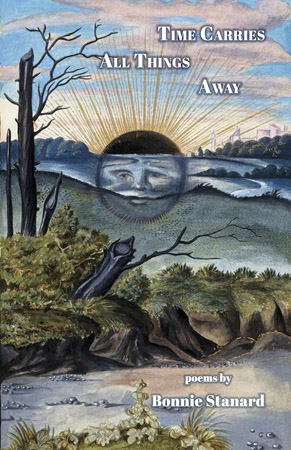

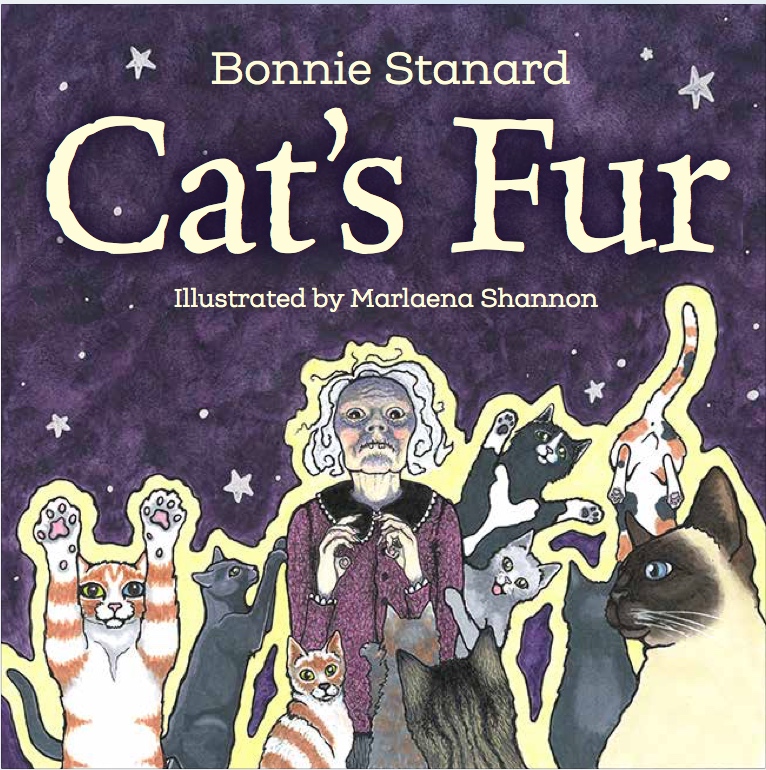
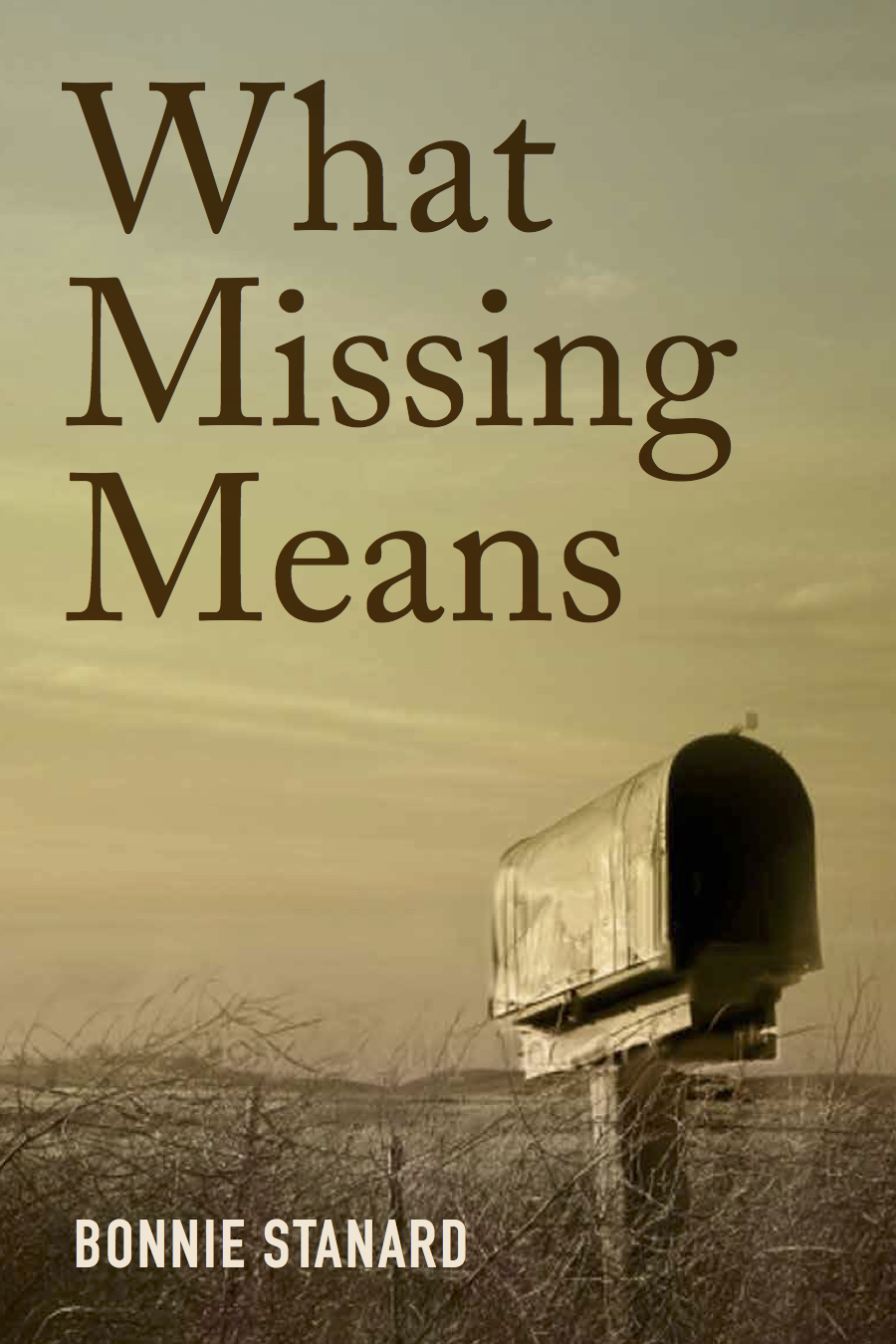

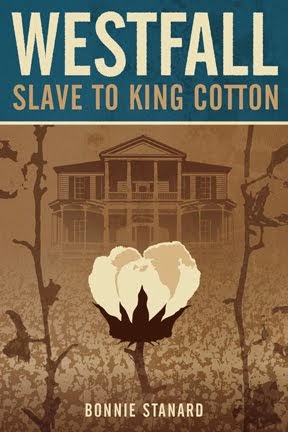

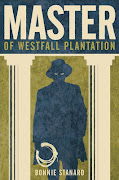


No comments:
Post a Comment